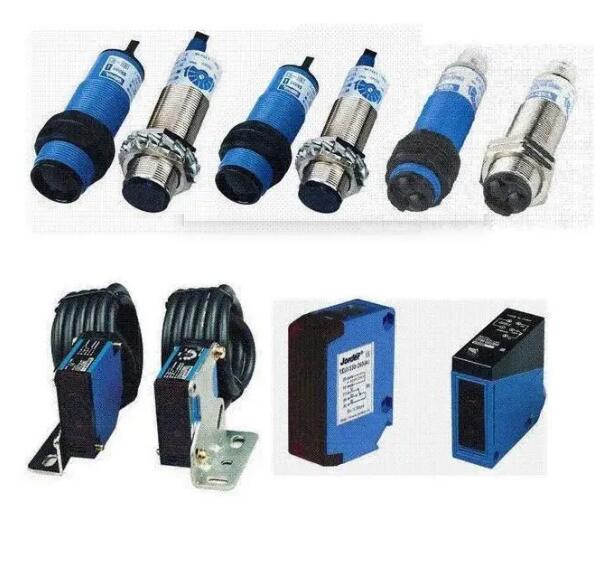Cummins generator sensor type

2023-08-09
Cummins generator sensor type

Cummins is a well-known manufacturer of generators, and they utilize various sensors to monitor and control their generator systems. Here are some commonly used sensor types in Cummins generators:
1.Voltage Sensors: Cummins generators employ voltage sensors to measure and monitor the generator's output voltage. These sensors ensure that the generated voltage remains within the desired range and provide feedback for voltage regulation.
2.Current Sensors: Current sensors, such as current transformers (CTs), are used to measure the electrical current flowing through the generator's windings. They help monitor the load, detect faults, and provide information for generator protection.
3.Frequency Sensors: Frequency sensors are used to monitor and regulate the output frequency of the generator. Cummins generators incorporate frequency sensors to ensure stable and accurate frequency control.
4.Temperature Sensors: Cummins generators utilize temperature sensors to monitor the temperature of critical components, such as the generator windings, engine coolant, and lubrication system. These sensors help prevent overheating and provide data for efficient thermal management.
5.Oil Pressure Sensors: Oil pressure sensors are employed to monitor the oil pressure in the generator's lubrication system. These sensors help ensure proper lubrication and detect any deviations that may indicate oil-related issues.
6.Speed Sensors: Speed sensors are used to monitor the rotational speed of the generator's shaft. Cummins generators utilize speed sensors to measure and control the operating speed of the generator, especially in synchronization and load sharing applications.
7.Fuel Level Sensors: Fuel level sensors are used in generators with fuel tanks. Cummins generators often incorporate fuel level sensors to monitor the fuel level and provide accurate fuel consumption information.
8.Battery Voltage Sensors: Battery voltage sensors are used to monitor the voltage of the generator's starting batteries. These sensors ensure that the batteries are adequately charged and help detect any battery-related issues.
9.Vibration Sensors: Vibration sensors are employed in Cummins generators to monitor mechanical vibrations and oscillations. These sensors help identify any abnormal vibrations that may indicate mechanical issues, such as unbalanced rotors or bearing problems.
10.Protection Relays: Cummins generators utilize protection relays that monitor various electrical parameters from the sensors. These relays are responsible for initiating protective actions, such as tripping the generator in the event of electrical faults or abnormal conditions.
It's worth noting that the specific sensor types used in Cummins generators can vary depending on the generator model, size, and application requirements. Cummins incorporates advanced control systems that may include additional sensors and technologies to ensure reliable and efficient generator operation.
 2023-08-09
2023-08-09
